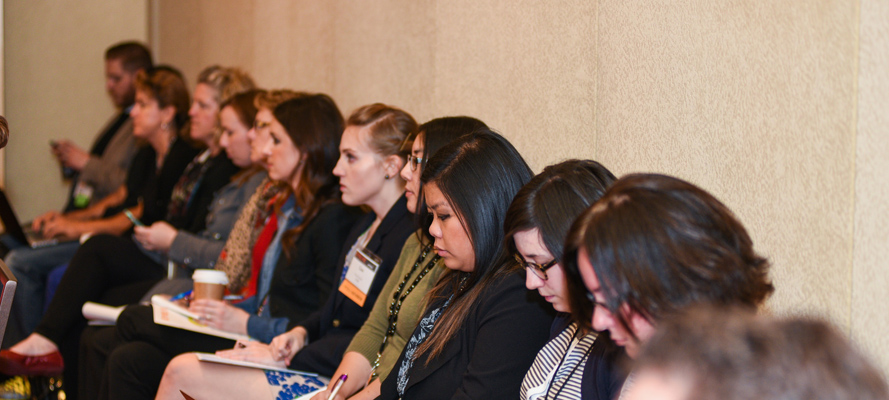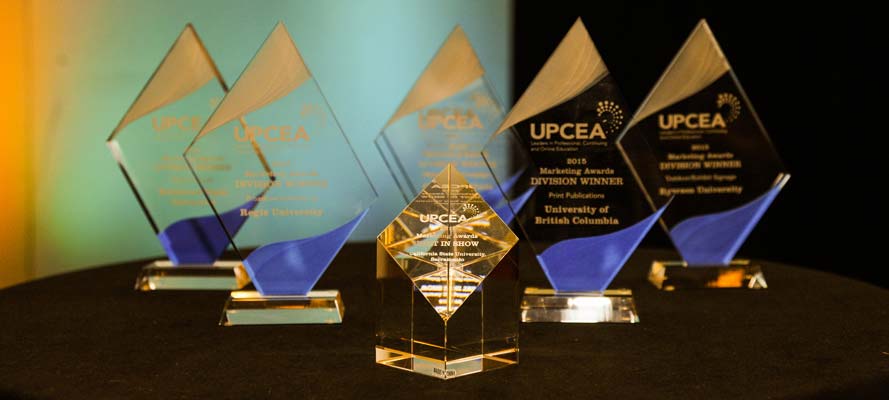Survey: 3 in 10 Students Lose Significant Academic Credits Transferring Between Colleges
A new study from UPCEA and StraighterLine examines barriers and motivations for transfer students with implications for institutions, finds 30% of students lose at least a quarter of existing academic credit
WASHINGTON, D.C. (November 17, 2022) – UPCEA (University Professional and Continuing Education Association), the largest association of adult and continuing education units at colleges and universities, and StraighterLine released the findings from a new survey today examining students’ lived experiences and perceptions around transferring college credits. As universities and colleges struggle with declining enrollment, many are looking at ways to reach the more than 39 million Americans with some college credit but no degree. The survey of nearly 1,000 adults found learners who transfer want an easier process, better communication and a clearer path to completing their degree.
“With a declining share of first-time students entering higher education directly out of high school, colleges face a new strategic imperative to compete for and retain adult learners and transfer students with existing college credit,” said Dr. Amy Smith, chief learning officer at StraighterLine. “This research provides timely and relevant insights into the complex needs, barriers and aspirations of modern learners at a time when institutions are looking for ways to smooth the pathway to degree and credential attainment.”
The study comes as worries increase about the broader ability of learners to transfer institutions in the fallout from a COVID-19 pandemic that created unprecedented disruption for learners. National Student Clearinghouse reported in September a two-year decline of 13.5% in the number of transfer learners. Throughout the pandemic, national organizations including the American Council of Education and the Aspen Institute have led efforts to draw attention and improve the transfer process.
“From an institutional perspective, this means there is a one-time opportunity to attract this potential learner, as most will not change institutions again,” said Jim Fong, chief research officer and director of the Center for Research and Strategy at UPCEA. “These findings are an important starting place for institutions that are serious about reorienting systems and institutional practice around the needs of adult learners.”
The study’s findings included:
- Barriers to Transfer. The most significant barriers students encountered during the transfer process included difficulty transferring credits (17%), communication with the school or staff (15%), paperwork completion (15%), and FAFSA or tuition issues (12%).
- Finances Drive Transfer Decisions. Financial reasons were the most common motivation students cited for deciding to transfer (40%). Other reasons for transferring included a change in the area of study (31%), family reasons (30%) and the previous school not being the right fit (27%).
- Students as Savvy Shoppers. Half (50%) of the students surveyed said they attempted to shop or explore multiple colleges or universities to see which would accept their credits.
- Leaving Transfer Credits on the Table. At a time when most adult learners are banking on transfer credits to accelerate their time to completion, only 61% of respondents had 75%+ of their credits accepted.
- One Chance to Make a First Impression. Approximately three-quarters (76%) of individuals who transfer from one college or university to another do so only once.
“Financial reasons play a big role in transfer decisions, but the true cost of transferring goes beyond just finances: it also includes the complexity of process, time, credits, and effort,” said Smith. “The results of this research underscore the need for institutions to update their policies and procedures to make the transfer process easier for students.”
Conducted between June 1 and June 16, 2022, the survey by UPCEA and StraighterLine used an electronic questionnaire targeting learners 18-50 years of age who have some college experience but no degree, have previously disengaged from higher education, and have tried transferring from one college or university to another.
To read the study, visit https://partnerships.straighterline.com/content_transfer-behavior.
###
About StraighterLine
StraighterLine is the leading provider of high-quality, affordable, online courses that help learners earn college credit and meet their professional goals. Each year, 150,000 learners take one of StraighterLine’s 215 courses to upskill into new careers or earn credit from over 2,000 colleges and universities worldwide. StraighterLine works with institutions and corporate partners to provide their students and employees with flexible education options that allow them to work and learn at their own pace. Visit https://www.straighterline.com for more information.
About UPCEA
UPCEA is the association for professional, continuing, and online education. Founded in 1915, the association serves its members with innovative conferences and specialty seminars, research and benchmarking information, professional networking opportunities and timely publications. Based in Washington, D.C., UPCEA builds greater awareness of the vital link between adult learners and non-traditional learners and public policy issues. Visit upcea.edu.
Contacts
Summer Martin
Director of Brand and PR, StraighterLine
Jordan DiMaggio
VP of Policy and Digital Strategy, UPCEA


